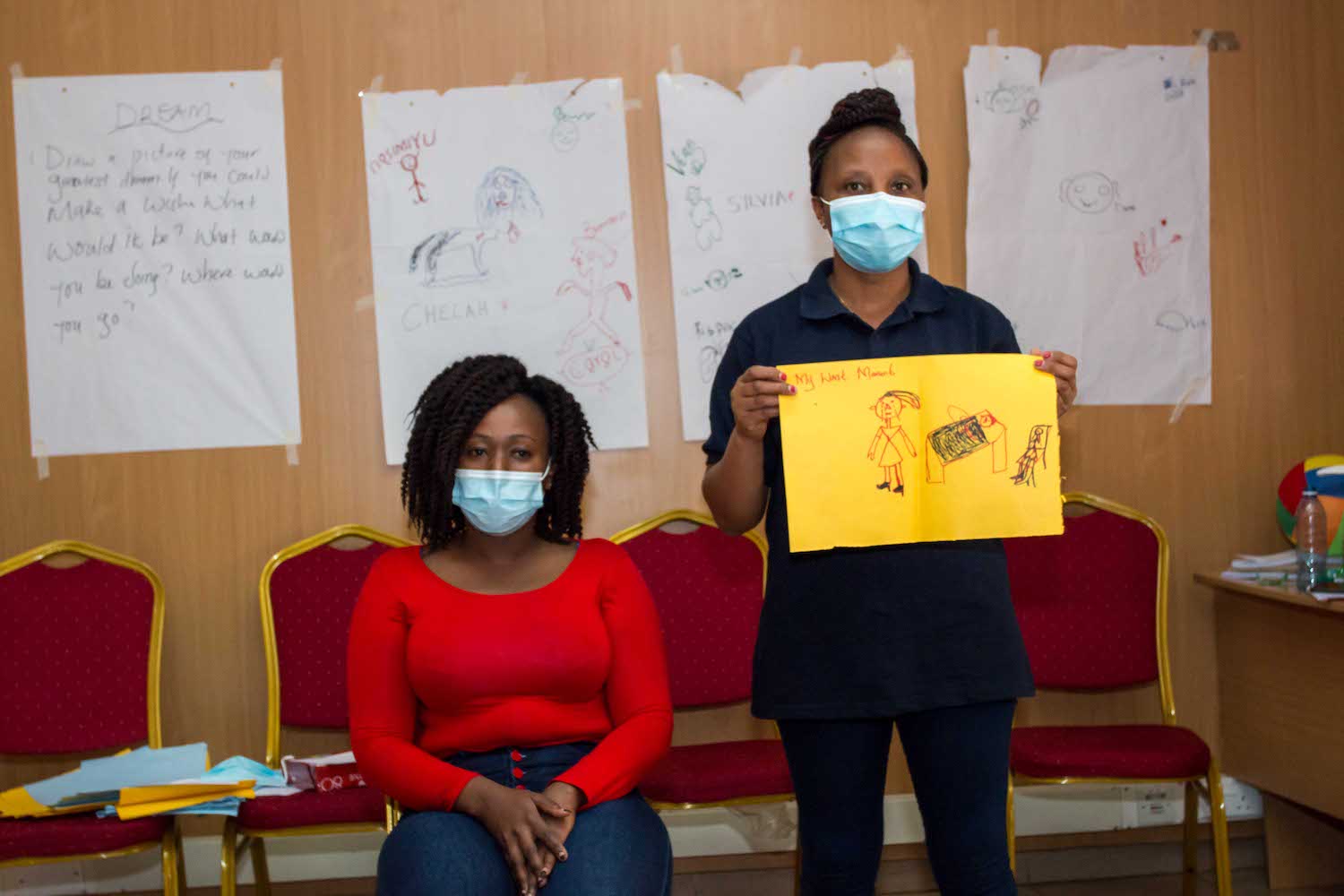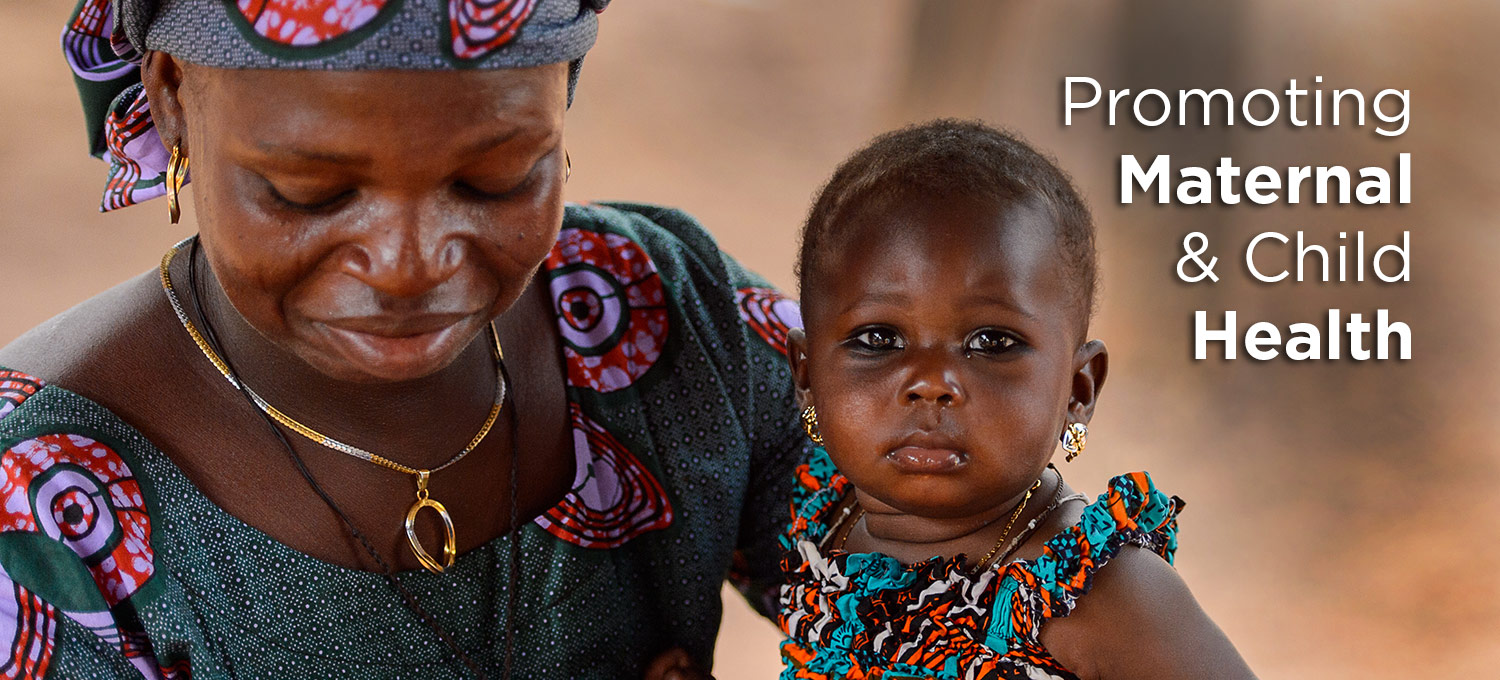Art Therapy Helping to Overcome the Challenges of HIV in Kenyan Communities

Children and adolescent people living with HIV (CALHIV) often face psychosocial or emotional issues that can be difficult to express. Across Kenya, the viral suppression of HIV is low in children, which could be attributed to psychosocial issues, children being prohibited from discussing their HIV status, or parents not disclosing their child’s HIV status with them.
To assist this priority population and other demographics, Ciheb in Kenya staff working on the PACT Endeleza project have identified art therapy as a method to address these issues. PACT Endeleza collaborates with health management teams from Nairobi City County to provide universal, high-quality, comprehensive, and integrated HIV prevention, care, and treatment services across 47 health facilities.
Although PACT Endeleza has utilized art therapy as a tool to support pediatric and adolescent PLHIV, this has not been implemented uniformly and in a structured manner. To support scale-up, the project recently conducted art therapy training sessions with adherence counselors to help them further identify issues facing their clients. Over five days, counselors played the role of the client while creating crayon drawings and watercolor paintings.
Benson Godia, an adherence counselor at Riruta Health Centre, said most children struggle to physically express themselves during traditional therapy sessions, but art therapy can help.
“We may learn what we don’t know about their treatment and challenges that they may be facing at home,” Godia said. “You may discover they’re experiencing some gender-based violence that they cannot express themselves vocally, but they can only talk through their drawings.”
Singing, dance, and poetry have also been identified as effective means of communication by our clients.
“We are doing expressive art therapy for our adherence counselors who support pediatric and adolescents at the facility level, but this training is tailored for all healthcare workers and children,” said Rose Nyaboke, a clinical improvement specialist with PACT Endeleza. The project team will follow up with the adherence counselors at the facility level to assess the effectiveness of the training.
Although this was the first art therapy training for adherence counselors, Godia said he hopes to do it again in the future.
“The only way to improve to keep bringing it back more and more,” Godia said. “This could be very productive for us as adherence counselors.”


